Staffing Industry Trends to Watch in 2026

- The staffing industry enters 2026 balancing optimism and caution as talent shortages persist.
- AI, skills-based hiring, and hybrid work models reshape how recruiters attract and retain talent. Additionally, data-driven hiring, DEI, and employee well-being redefine what clients and candidates value most.
- Agencies using client experience and reputation management tools like ClearlyRated to measure satisfaction will lead the next phase of growth.
The staffing industry continues to face intense hiring pressure as finding qualified candidates feels more challenging than ever. Many recruiters (74%) say it takes far longer to identify people who fit both the skill and culture needs of their teams, especially as roles evolve faster than expected.
After two years of unpredictable recovery, the future of the staffing industry brings a mix of optimism and careful planning. Analysts predict a 2% growth in 2026, reaching around $183.3 billion, but companies are moving cautiously as they balance cost with speed and quality.
To stay ahead, leaders are paying closer attention to the staffing industry trends in 2026, focusing on flexible delivery models, AI-driven hiring, and building workforces designed for long-term adaptability.The Staffing Industry at an Inflection Point
The staffing industry is standing at a crucial moment as businesses rethink how they attract, retain, and develop talent. The competition for skilled workers has become intense, and companies across industries are struggling to fill critical roles despite increased hiring budgets.
Technology acceleration meets talent scarcity
The industry faces a dual urgency this year because firms must adopt advanced tools even as talent becomes harder to attract and retain. For example, 85% of global staffing firms reported increased use of AI and automation across sourcing and screening in 2025.
Today, graduates and experienced professionals prefer roles offering flexible schedules, remote options, and meaningful work, so staffing firms must rethink how they match talent to opportunities.
Why 2026 will separate leaders from laggards
The following year will challenge staffing companies to prove their agility and operational depth. Growth forecasts remain positive, yet success will favor firms that adapt quickly to the staffing industry trends shaping global hiring.
A recent benchmark shows that 53% of recruitment agencies expect revenue growth in 2026 after overcoming earlier barriers. Companies that invest in continuous learning, automation, agile tech stacks, and personalized candidate experiences will stand out, while others may struggle to keep pace.
📌 Suggested read: 9 Strategies for Staffing Firm Growth
Trend #1: AI-Driven Recruitment Goes Mainstream
Artificial intelligence in recruitment is now mainstream rather than experimental. Research indicates that nearly 88% of companies now rely on AI for essential hiring tasks, saving time and improving accuracy.
From resume screening to predictive candidate matching
AI-powered systems now manage nearly every step of the recruitment process, including resume review, interview scheduling, and predictive candidate matching. These tools identify top applicants faster through machine learning that studies resumes, job descriptions, and historical data to find the best matches.
For example, Chipotle’s virtual assistant Ava Cado has transformed hiring by cutting the average time-to-hire from 12 days to only four, while raising application completion rates from 50% to more than 85%. These results show why AI continues to dominate staffing agency trends worldwide.
The challenge: Balancing automation with human connection
Even as automation improves speed and accuracy, recruiters still recognize the importance of maintaining the human element. Candidates value genuine interaction, empathy, and trust during hiring conversations.
The future of recruitment will depend on finding the right balance between automation and authentic connection that makes candidates feel valued.
Trend #2: Skills-Based Hiring Replaces Degree Requirements
Skills-based hiring gained serious momentum in 2025, but in 2026, it will officially become the new hiring standard across industries. According to TestGorilla’s State of Skills-based Hiring Report 2024, nearly 81% of companies now rely on this approach, with 94% agreeing that practical skills predict on-the-job success more accurately than traditional resumes.
This marks a significant shift in how recruiters view talent potential and career readiness.
Upskilling and reskilling as competitive advantages
The emphasis on credentials is giving way to a focus on skills, competencies, and potential. Employers increasingly value what a candidate can do rather than where they studied. Studies show that when firms remove degree requirements, they can expand candidate pools up to 19x.
Global companies such as Google and IBM are already leading the movement through apprenticeship programs and performance-based recruitment strategies. Research from McKinsey reveals that skill-based hiring is five times more effective at predicting performance than experience-based methods.
Even more interestingly, employees hired through skill-based criteria remain 34% longer than those hired based on education, proving its long-term value.
How to position your agency as a skills-first partner
To build credibility as a skills-first staffing partner in line with talent acquisition trends in 2026, agencies can:
- Create partnerships with training providers to build pipelines of certified talent with in-demand capabilities
- Use skill assessment tools during early screening to identify strong candidates faster and more confidently
- Offer clients detailed skill-based insights to support smarter, data-backed hiring decisions
- Promote continuous learning programs that help candidates upgrade skills and stay relevant for future roles
Trend #3: Hybrid and Remote Work Becomes Standard Operating Procedure
The rapid rise of remote and hybrid work models has changed candidate expectations, with 76% of workers now preferring flexible work arrangements over traditional in‑person roles.
Virtual onboarding and digital collaboration essentials
For many companies, the default expectation is a mix of in-office and remote work rather than one or the other. Agencies must support that shift through virtual onboarding programmes, digital collaboration tools, remote supervision mechanisms and project‑tracking systems.
According to recent data, around 40% of global workers now complete some portion of their work remotely, and observers note that hybrid work dominates preferred work arrangements. Given that both candidates and clients increasingly expect flexibility and remote capacity, agencies must weave these capabilities into their service model.
Staffing's new value prop: Managing distributed talent
The value staffing agencies deliver has shifted as they now fill roles, manage distributed teams, coordinate across geographies and support digital workflows. Agencies that invest in remote‑capable tools, build global talent networks and adopt hybrid work best practices will stand out.
For example, offering a remote talent pool or hybrid staffing solution becomes a differentiator rather than a convenience.
Trend #4: Gig Economy and Flexible Workforce Models Expand
The shift toward project‑based assignments and temporary talent continues to reshape how staffing services operate and respond to market demands:
Project-based staffing and contingent workforce growth
Flexible and gig workforce models are increasing rapidly as organizations prefer contract workers, freelancers, and on‑demand specialists over permanent hires. For example, India’s gig economy grew by 38 % in FY25 as firms turned to project‑based talent and consultants.
Agencies that support both permanent placements and flexible models stand to gain in these circumstances. As a result, teams can quickly tap specialist skills, reduce fixed costs, and move ahead of competitors.
Platform models vs. traditional staffing agency models
Tech-enabled staffing platforms are competing with traditional agencies, using digital marketplaces to connect talent and employers directly. To stay relevant, agencies should adopt hybrid models that combine human-driven service with platform efficiencies.
Agile tech‑first players will leave behind firms that rely solely on legacy methods.
Trend #5: Data-Driven Decision Making and Talent Analytics
Hiring decisions used to lean on intuition. In 2026, they are based on data and analytics.
Metrics that matter: time-to-fill, quality-of-hire, retention rates
Staffing firms are leveraging analytics to predict talent demand, track recruiter performance, and enhance placement accuracy, transforming recruitment from intuition-based guesswork into a precise, measurable science. Here’s how:
- Time‑to‑fill measures the number of days between posting a job and an offer being accepted, helping firms spot process delays quickly.
- Quality‑of‑hire tracks how well new employees perform and stay long‑term, which gives insight into hiring accuracy and effectiveness.
- Retention rates measure how many hires remain in place after a set period, indicating how well they fit and stay with the organization.
According to a recent survey, 85% of HR professionals said data analytics will play a critical role in hiring strategies. To stay competitive, agencies should invest in dashboards, KPIs, feedback systems, and predictive modeling.
📌Also read: 10 Customer Retention Metrics & How to Measure Them
Trend #6: Candidate Experience Becomes a Competitive Differentiator
In 2026, the candidate experience will shape how every business attracts and retains talent. Each interaction, from the first job application to the final onboarding step, influences how candidates perceive your brand.
A poor experience can drive away top talent, hurt your reputation, and slow down future hiring efforts. Here’s how you can improve the candidate experience:
Personalization
Generic job postings feel outdated when candidates expect personal attention at every stage. Hence, companies use data analytics and AI to personalize communication, interviews, and onboarding.
Personalized touchpoints show candidates that the organization values their individuality, which builds trust and emotional connection long before they join the team.
Transparency and timely communication
Today’s candidates appreciate honesty and clarity during the hiring process. They want upfront details about compensation, growth opportunities, and company culture. In fact, 82% of U.S. job seekers prefer listings that disclose pay ranges early. To improve transparency, hiring teams should prioritize:
- Clear timelines for each interview stage
- Regular updates on progress and next steps
- Complete role descriptions to set expectations
Even when candidates are not selected, personalized and thoughtful feedback can leave a lasting positive impression and strengthen reputation management.
📌Interesting read: CX for Staffing Firms: An Ultimate Guide (2025)
Trend #7: Diversity, Equity, and Inclusion (DEI) Initiatives Gain Urgency
Diverse teams bring fresh perspectives and ideas, which can drive stronger performance and competitive advantage. Research from McKinsey & Company shows companies in the top quartile for ethnic and gender diversity are 39% more likely to outperform their peers financially.
To promote DEI, staffing firms can adopt strategies such as:
- Blind hiring: Remove identifiers from applications to reduce unconscious bias and widen your candidate pool
- Diverse interview panels: Use interviewers who represent varied backgrounds and experiences to assess candidates more effectively and support them
- Targeted outreach: Launch efforts to engage talent from underrepresented groups and build inclusive and skill‑diverse pipelines
As the job market recalibrates, the firms that thrive will be those that look beyond credentials and focus on inclusive practices.
📌Also read: ClearlyRated's Guide to DEI in the Workplace
Trend #8: Employee Well-Being and Employer Branding Take Center Stage
A company’s image extends far beyond its logo or website. It reflects culture, purpose, and employee experience. When firms highlight their values and stories across social media and internal channels, they attract candidates who genuinely share their goals. Research shows that organizations with strong employer branding report a 28% lower turnover rate.
Prioritizing your employee experience, putting people first, and showing what working for your firm also drives stronger employee engagement and better retention. In turn, you build reputation, referrals, and loyalty, while competitors who ignore this shift fail.
Trend #9: The Fight for Differentiation in a Crowded Market
As the staffing industry becomes more saturated, differentiation becomes critical. With thousands of agencies offering similar services, clients now expect clear value and specialization.
Recent research shows that over 65% of staffing firms identify client acquisition as their biggest obstacle in a competitive market. To win clients, agencies must demonstrate expert knowledge, deliver fast, high‑quality placements and show why their model outperforms others.
Third-party validation and industry awards as trust signals
Agencies that earn third-party recognition, industry awards, client satisfaction ratings, testimonials, and “best of staffing” rankings build trust, credibility, and competitive advantage. Additionally, those who proactively measure client and candidate satisfaction gain insights to improve service and make visible achievements.
Highlighting these metrics and validations supports growth in a market where many firms offer similar services.
How Leading Staffing Agencies Are Responding to These Trends
Forward‑thinking agencies are adapting their strategies in three key areas that make a real difference for clients and candidates alike:
Technology investment without losing the human touch
Agencies invest in AI, automation, and intuitive technology to speed sourcing and placement. A 2025 survey found that 62% of fast-growth agencies plan new software purchases, compared with 37% of slower-growing firms.
These agencies keep human recruiters engaged in relationship‑building while letting technology handle repetitive tasks, preserving the genuine interaction talent expects.
Client satisfaction as a north star metric
Agencies that focus on how clients feel throughout the hiring journey rarely lose repeat business. They track metrics such as time‑to‑fill, quality of hire, and client feedback scores to guide decisions and improve delivery.
When client satisfaction becomes the central metric, agencies build trust and long‑term partnerships rather than one‑off engagements.
Reputation management as a growth strategy
Firms recognize that reputation now affects both talent attraction and client relationships. Many leading agencies publish case studies, share candidate stories, and show how they handled tough placements to reinforce credibility.
A good reputation sends a clear signal in the hiring world and helps gather referrals, long‑term clients, and differentiated positioning.
ClearlyRated: Measuring What Matters in the New Staffing Landscape
Recruitment firms that want to improve the talent experience can rely on ClearlyRated to capture valuable feedback and actionable insights from every angle. Our platform helps you connect with clients, talent, and employees through simple-to-use, easy-to-manage surveys that deliver results you can trust.
Here’s how you can get started:
Industry-specific NPS surveys built on staffing agency data
You can collect feedback from multiple stakeholders at key moments in the placement process to understand satisfaction levels and predict client needs. Our pre-built NPS surveys target staffing-specific questions so your results reflect the realities of your industry and provide insights you can act on immediately. They can help you spot at-risk accounts, strengthen relationships, and identify opportunities to expand your business.
Talent surveys reach candidates at multiple milestones to retain high performers, attract new talent, and build loyalty with existing placements. Additionally, the net promoter scores (NPS) and client testimonials help your team track real-time sentiment and identify recurring problems before clients decide to leave.
In fact, our 2024 NPS Benchmarks for the Staffing Industry show that average client scores rose from 36 to 45, reflecting faster issue resolution and better placement matches. Top-performing industries still surpass 50, which shows staffing firms have measurable opportunities to improve satisfaction and loyalty.
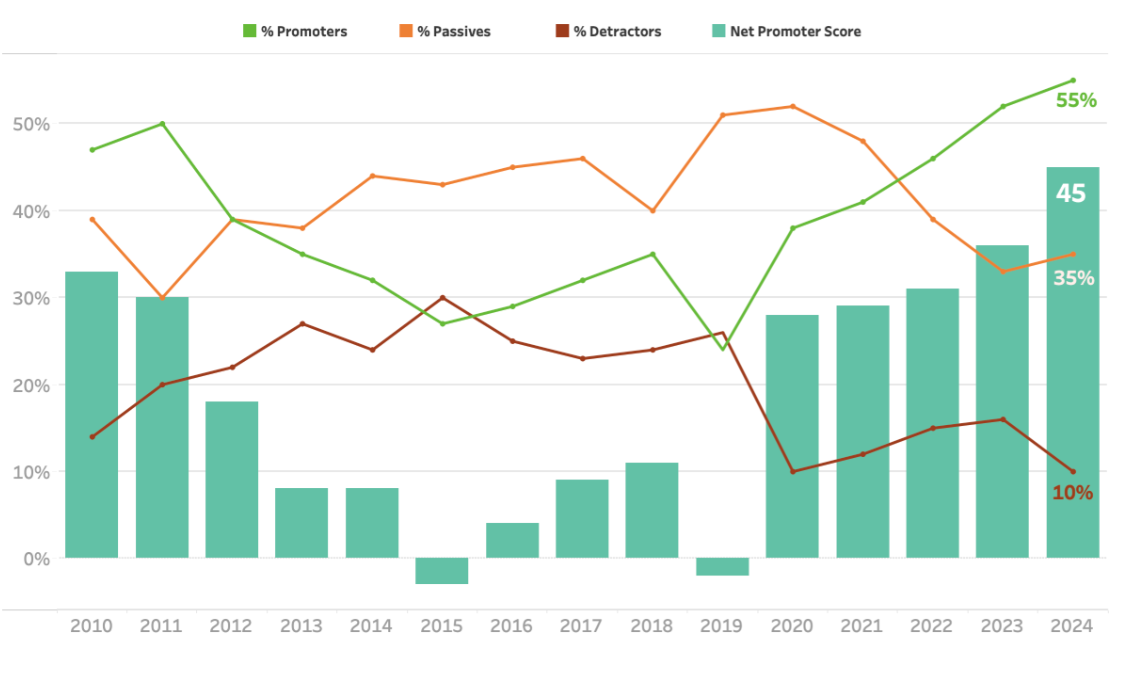

Regular feedback provides clear guidance on what is working well and where your team can take action to retain clients. For example, Apex Systems partnered with ClearlyRated to implement NPS surveys across clients and talent.

The feedback revealed critical areas for improvement, resulting in a 55.6 client NPS and retention success, earning them a Ten-Year Diamond Award for exceptional client satisfaction.
From client feedback to the Best of Staffing® awards
Consistent feedback collection at the right moments helps your team turn survey responses into measurable results. Hence, we send client surveys after placements, during contracts, and at renewal intervals, giving early visibility into risk and growth opportunities.
We also deploy talent surveys to track satisfaction through interview completion, onboarding, and post-placement performance to ensure top talent stays engaged. Automated delivery keeps response rates high while reducing manual workload.
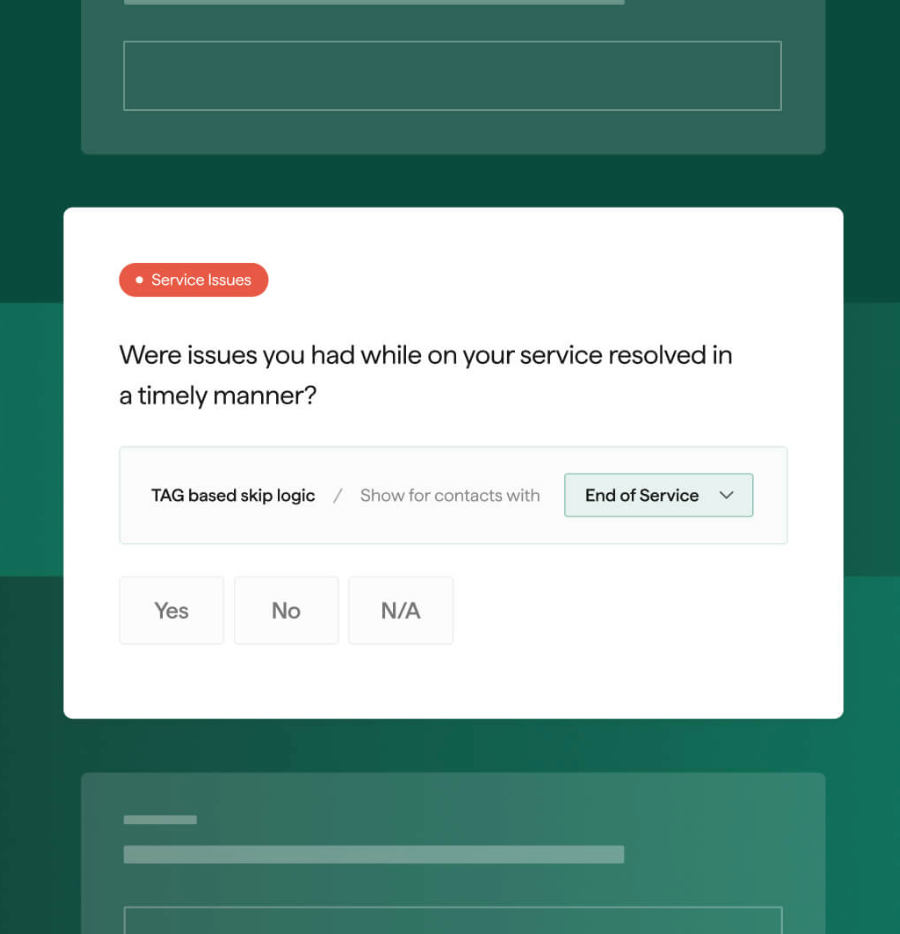
Public recognition from client testimonials and Best of Staffing awards turns feedback into trust signals for prospects.
Candidate NPS: Measuring both sides of the marketplace
Tracking candidate sentiment matters as much as client sentiment in staffing. Our tools help keep recruiter profiles active, spotlight individual performance and brand consistency, and capture feedback from placed talent.

With the right dashboards and templates embedded into your workflow, agencies transform feedback from an afterthought into a strategic lever that supports both sides of the talent-match equation.
📌Bonus read: Maximizing the ROI of Your Staffing Firm’s Client Experience Using ClearlyRated
Preparing Your Agency for 2026: An Action Plan
As 2026 approaches, staffing agencies must step up their game and plan for a data-driven, client-centric future. Here’s how you can start preparing now to stay ahead of your competition:
Audit the current technology stack and client feedback systems
Every successful agency begins with an honest look at its current setup. Review your applicant tracking system, CRM, and client survey tools to identify performance gaps.
If your feedback process feels outdated, consider adopting AI-based analytics platforms that track satisfaction in real time. This helps your team act faster, stay proactive, and use insights that actually move the needle on client and talent retention.
Establish baseline metrics for client and candidate satisfaction
Setting a starting point is the smartest move for long-term success. Begin by measuring NPS, response time, and placement satisfaction rates to get a sense of your agency’s health.
Use these numbers as a foundation to test new strategies and measure progress every quarter. Regular reviews create a clear feedback loop that keeps your performance transparent and focused on improvement.
Trends Without Measurement Are Just Guesses
All the trends, from AI and skills-based hiring to gig models, analytics, and experience, are visible, tangible, and shifting the industry. But acknowledging them is not enough.
Staffing firms must measure client and candidate satisfaction, quality outcomes, retention, and feedback. Without measurement, these trends remain guesses or aspirations. With actionable insights from ClearlyRated, agencies turn trend awareness into strategic action, build loyalty, differentiate in a crowded market, and win the future of staffing.
Get started with ClearlyRated today to see how actionable feedback can transform your client and candidate experience.
FAQs
How will AI impact staffing agency jobs in 2026?
AI will automate repetitive recruitment tasks, freeing up recruiters to focus on relationship-building, personalized candidate interactions, and strategic hiring decisions that drive better matches and long-term success.
What is a good NPS for staffing agencies?
If your staffing firm is consistently achieving scores above 50%, you're on track to maintain a competitive edge. However, aiming for world-class status (70% or higher) requires refining your processes for both client and talent satisfaction.
How can staffing agencies differentiate themselves in 2026?
Staffing agencies can stand out in 2026 by offering exceptional candidate experiences, transparent communication, and measurable results. Using ClearlyRated’s data-driven feedback tools helps agencies build credibility, improve satisfaction, and strengthen their reputation with clients and talent alike.
FAQs


.png)





%5B1%5D.webp)
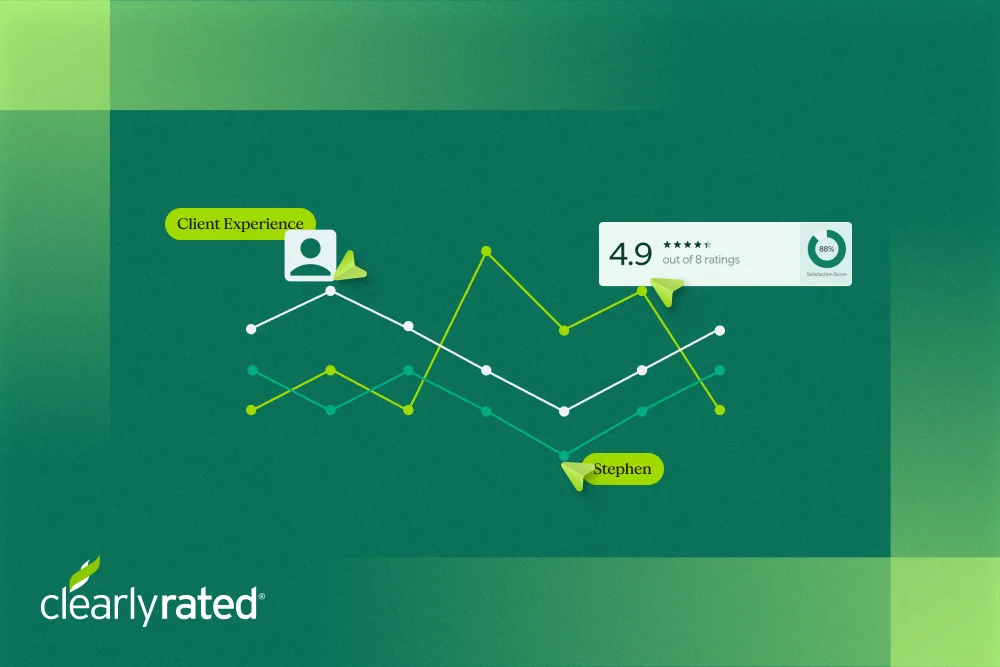

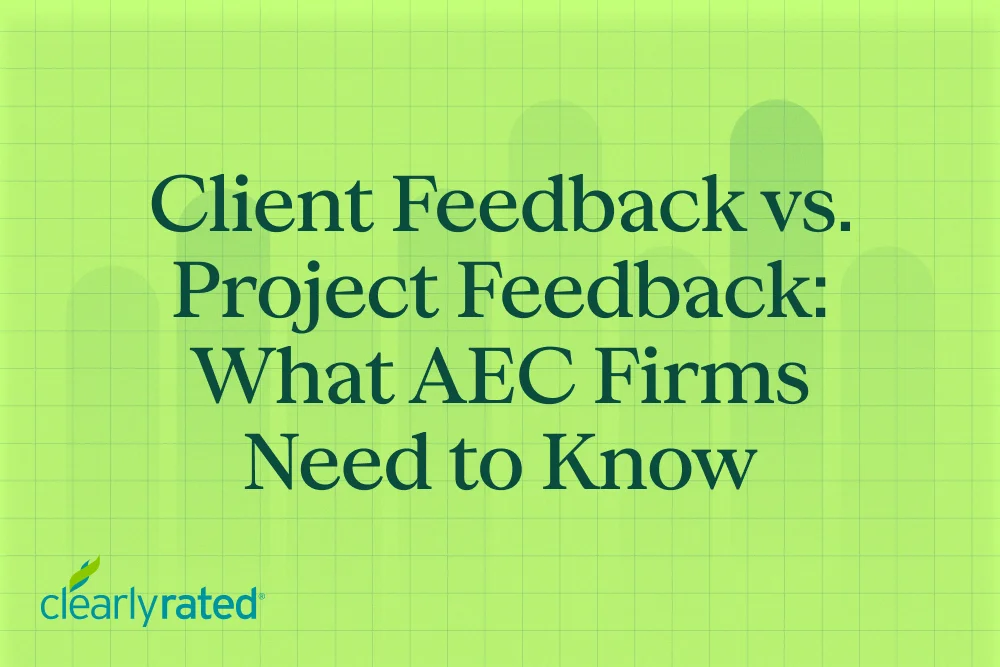

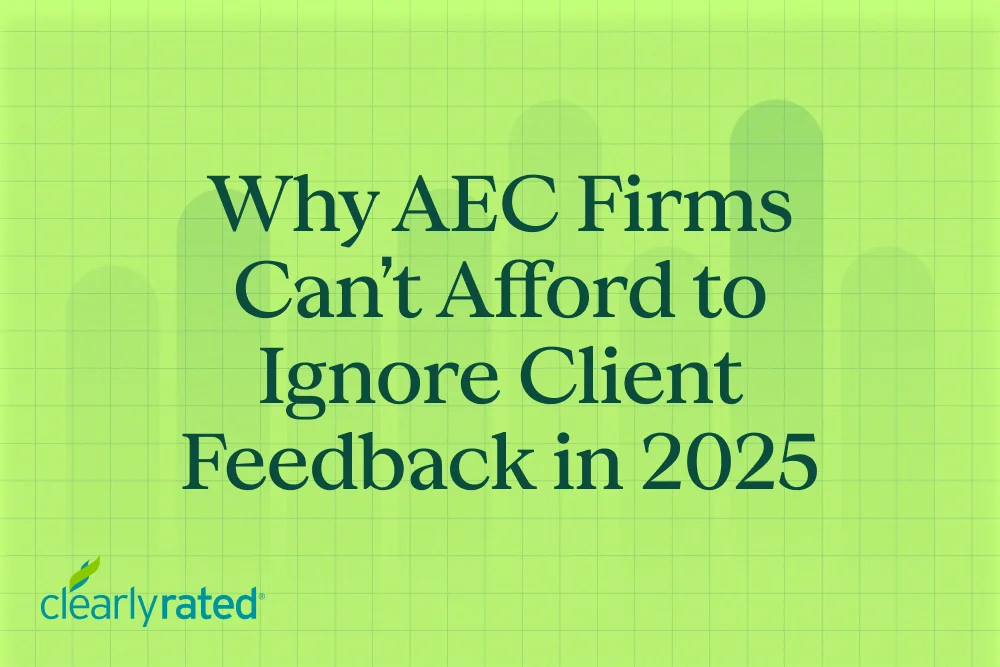


.png)






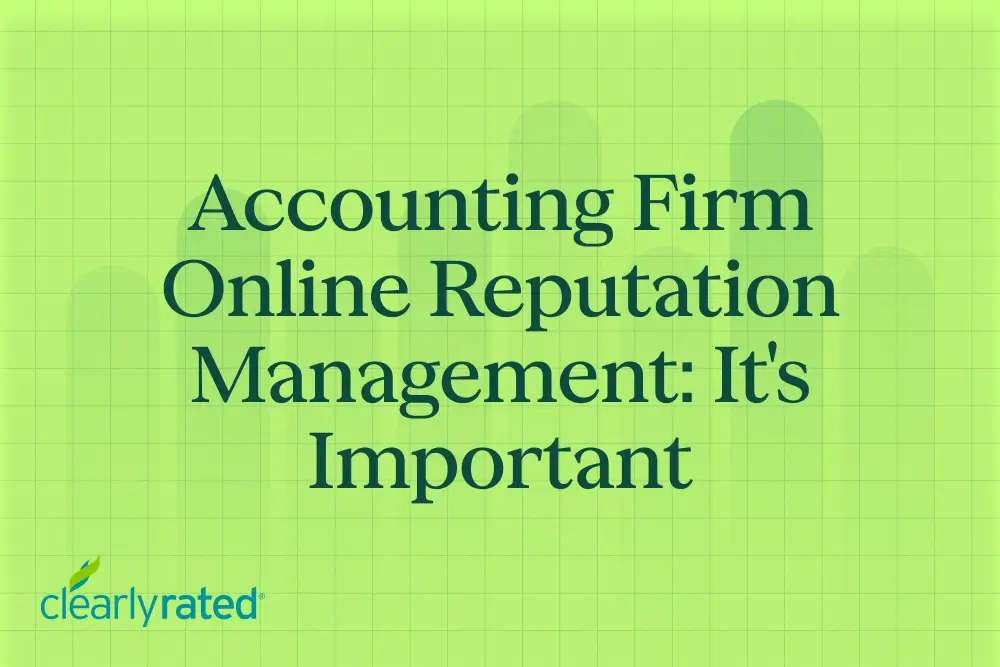


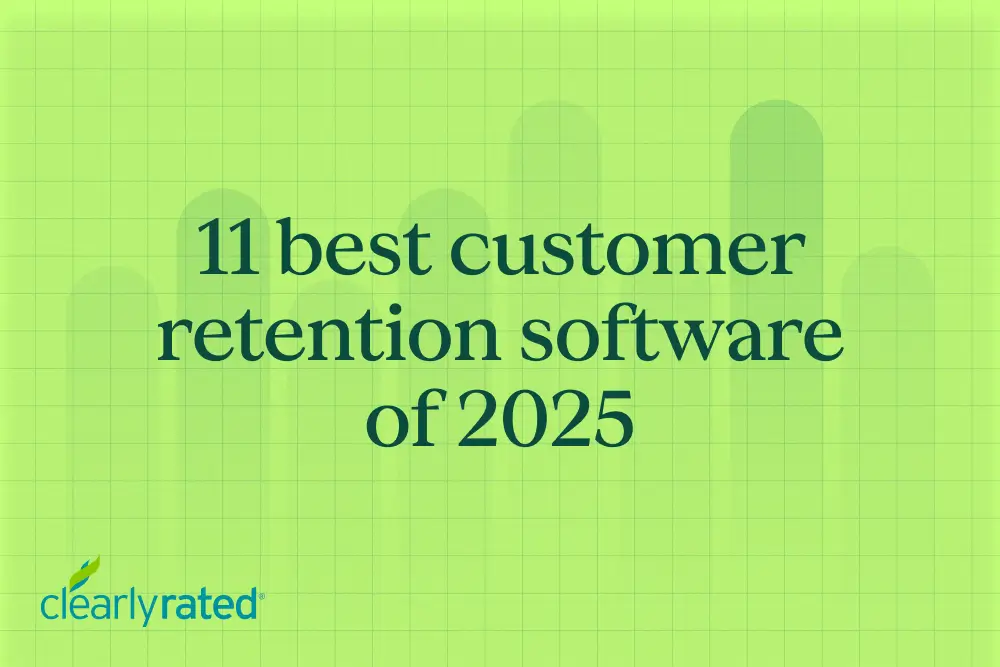

_%20The%20Ultimate%20Guide.png)

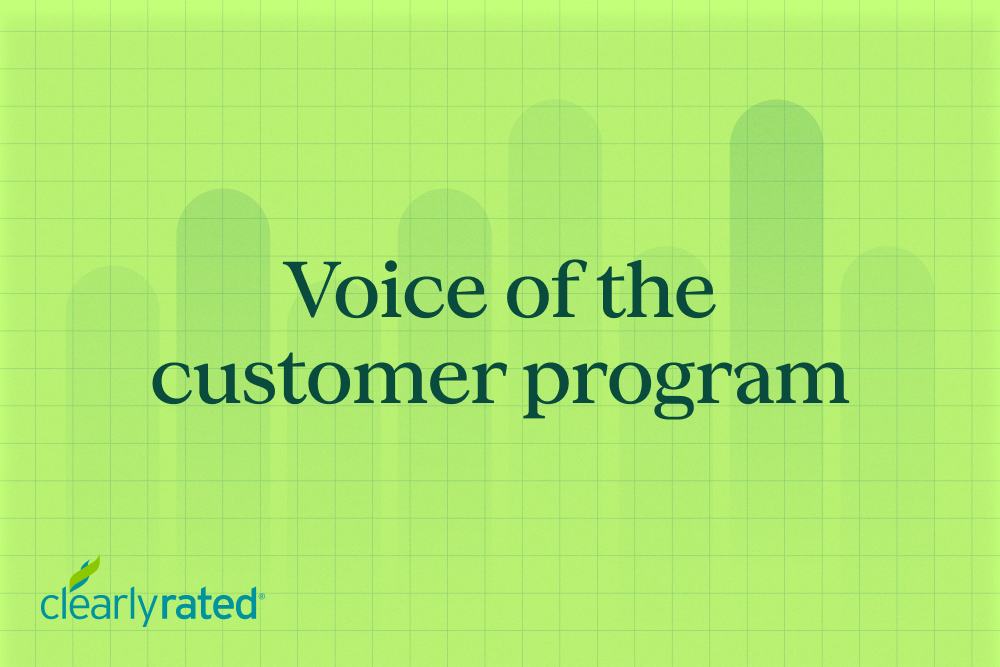
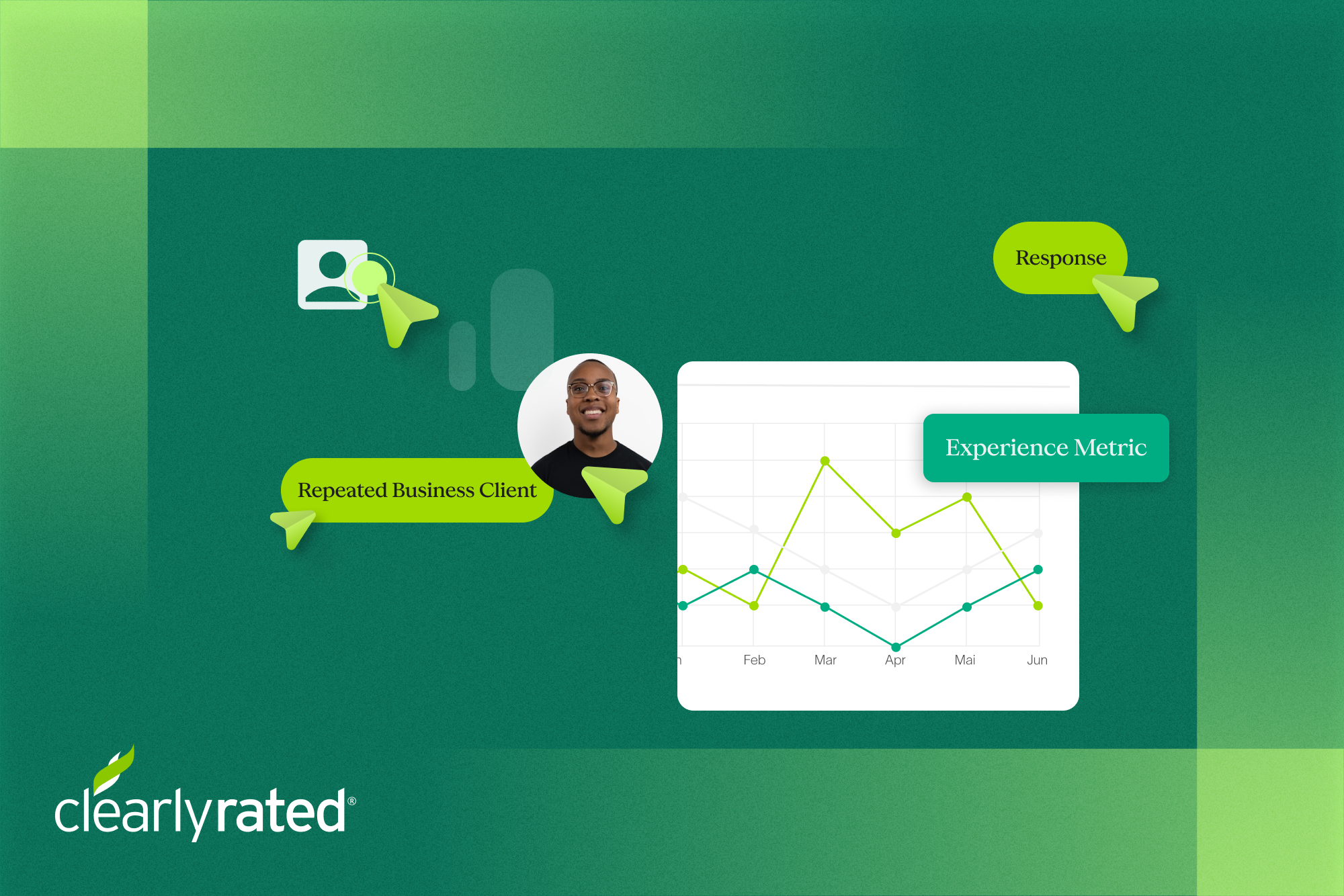
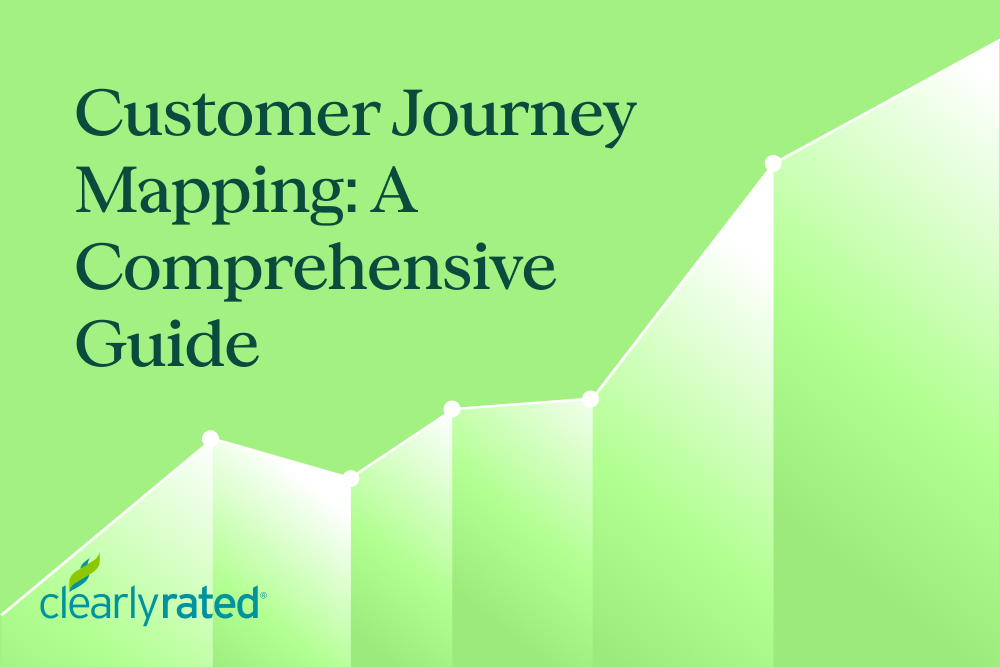

.png)




















%20in%20the%20Workplace.png)










.png)

%20and%20how%20can%20you%20increase%20it.png)
_%20A%20Step-by-Step%20Guide.png)

.png)
.png)




_.png)



%20in%202028.png)


_%20The%20Ultimate%20Guide%20(2024).png)











